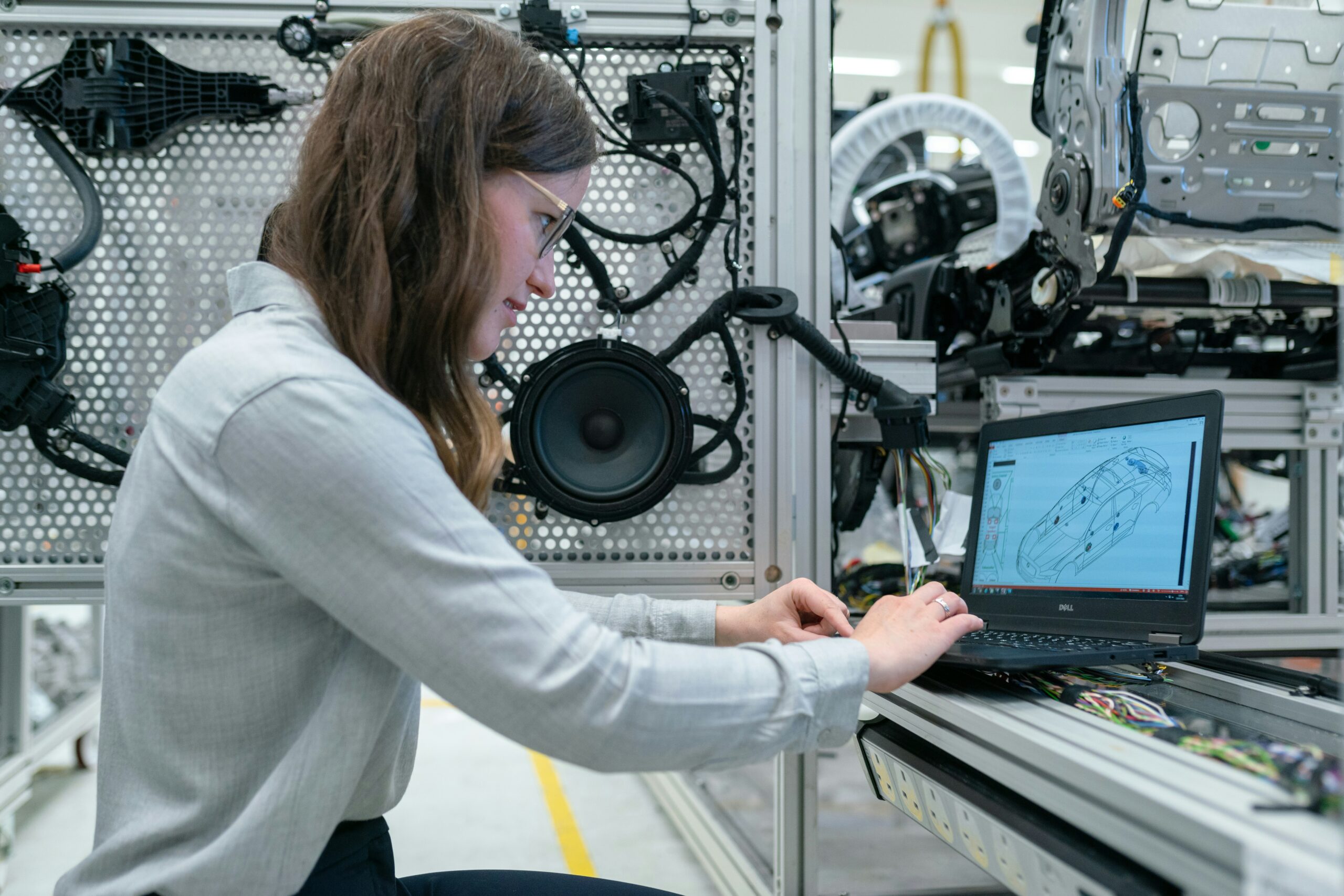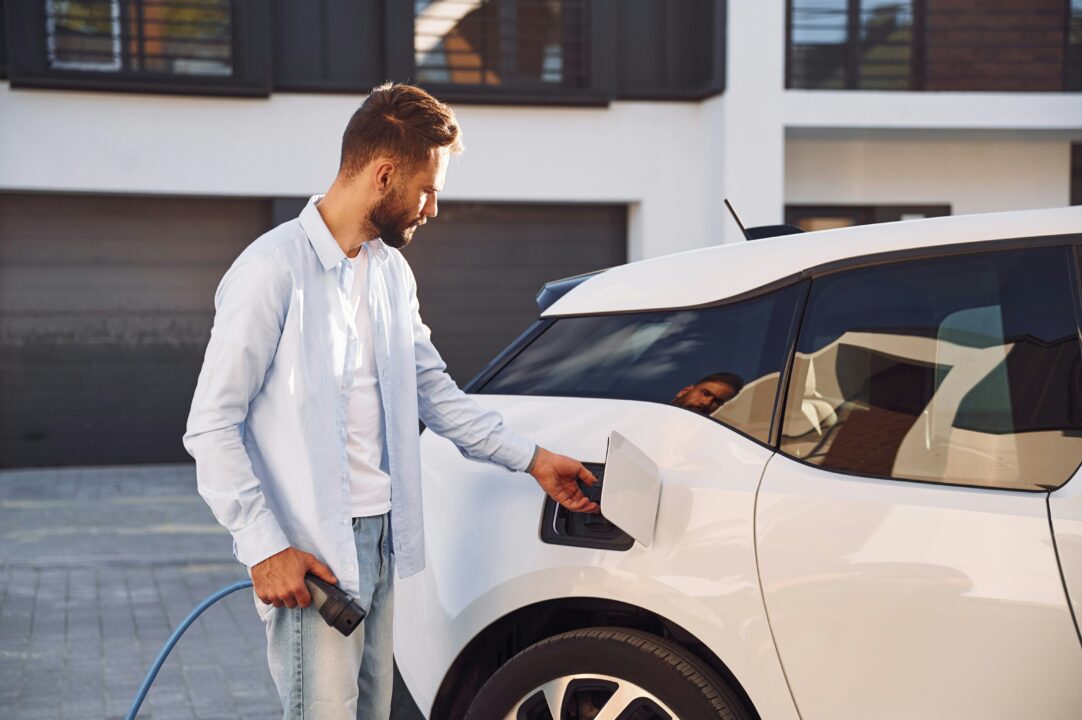The advent of autonomous vehicle technology is reshaping the future of fleet management. Recent technologies have redefined industry norms, and the integration of autonomous vehicles into modern fleets stands out as a transformative development. Autonomy holds the promise of improved safety, efficiency, and environmental sustainability. In the context of fleet management, these benefits translate into reduced operational costs, minimized human errors, and a potential revolution in the overall logistics ecosystem.

The Strategic Role of Upfitting in Fleet Autonomy
Upfitting, traditionally associated with customization and modification, now takes on a broader and more pivotal role as fleets prepare to navigate the uncharted waters of autonomy. Upfitting in the context of autonomy is not a mere retrofitting endeavor but a holistic transformation. It involves the meticulous integration of state-of-the-art technologies, sensors, and computing systems that serve as the nervous system and brain of the autonomous fleet. This transformative approach ensures that vehicles are not just adapted but purpose-built for a future where autonomy is the new normal.
What’s Involved in Autonomous Fleet Upfitting
Autonomous fleets operate on a different paradigm compared to traditional vehicles. Upfitting allows fleets to adapt their existing vehicles to the unique requirements of autonomy. This includes the installation of advanced sensing technologies, computing systems, and communication devices, transforming vehicles into intelligent entities capable of navigating and interacting with their environment autonomously. The path from traditional to autonomous can involve:
Sensory Precision:
To achieve a highly effective autonomous vehicle, the seamless integration of advanced sensing technologies such as cameras, lidar, radar, and ultrasonic sensors is paramount. These sensors replicate human perception and create a comprehensive sensory network that prioritizes a thorough understanding of the vehicle's surroundings. Proper deployment of these sensors ensures safe and efficient navigation.
Data-Driven Decision-Making:
Advanced computing systems function as the brains behind autonomous operations. These onboard computers process colossal amounts of data sensors generate in real time, enabling the vehicle to make split-second decisions. Strategic upfitting involves integrating robust computing solutions that not only meet current requirements but also anticipate the escalating computational demands of future autonomous advancements.
Customization with Purpose:
Customization contributes to successfully integrating autonomous vehicle technology into the human-centric environment. Upfitting should be approached with a keen understanding of the role each vehicle plays in the fleet. Whether it's a delivery van or a service vehicle, customization can be applied with purpose, enhancing functionality and contributing to positive usage.

Customization with Purpose:
Customization contributes to successfully integrating autonomous vehicle technology into the human-centric environment. Upfitting should be approached with a keen understanding of the role each vehicle plays in the fleet. Whether it's a delivery van or a service vehicle, customization can be applied with purpose, enhancing functionality and contributing to positive usage.
Scalability and Adaptability:
To achieve long-term success, upfitting must be approached with a strategic mindset. It is not just about addressing immediate requirements but planning for scalability and adaptability. Upfitting solutions should be designed to accommodate the seamless integration of future technologies. By adopting this forward-thinking approach, the fleet can maintain its agility and responsiveness to the evolving autonomous landscape without the need for major overhauls. This approach not only maximizes efficiency but also ensures that the fleet is well-equipped to meet the demands of the future.
Autonomous Fleet Upfit Partner
Fleet upfitting in this era requires a nuanced understanding of the technological, regulatory, and strategic dimensions at play. With advanced engineering expertise and significant knowledge of these facets, Edison has developed a portfolio of successful autonomous vehicle upfits. We’ve helped AV software companies, autonomous shuttles, self-driving Class 8 trucks, and more evolve and succeed. How can we support your autonomous upfits? Get in touch with a member of our team today!




